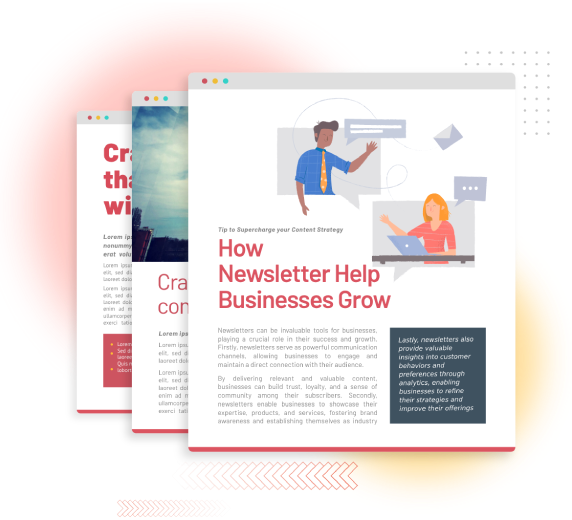
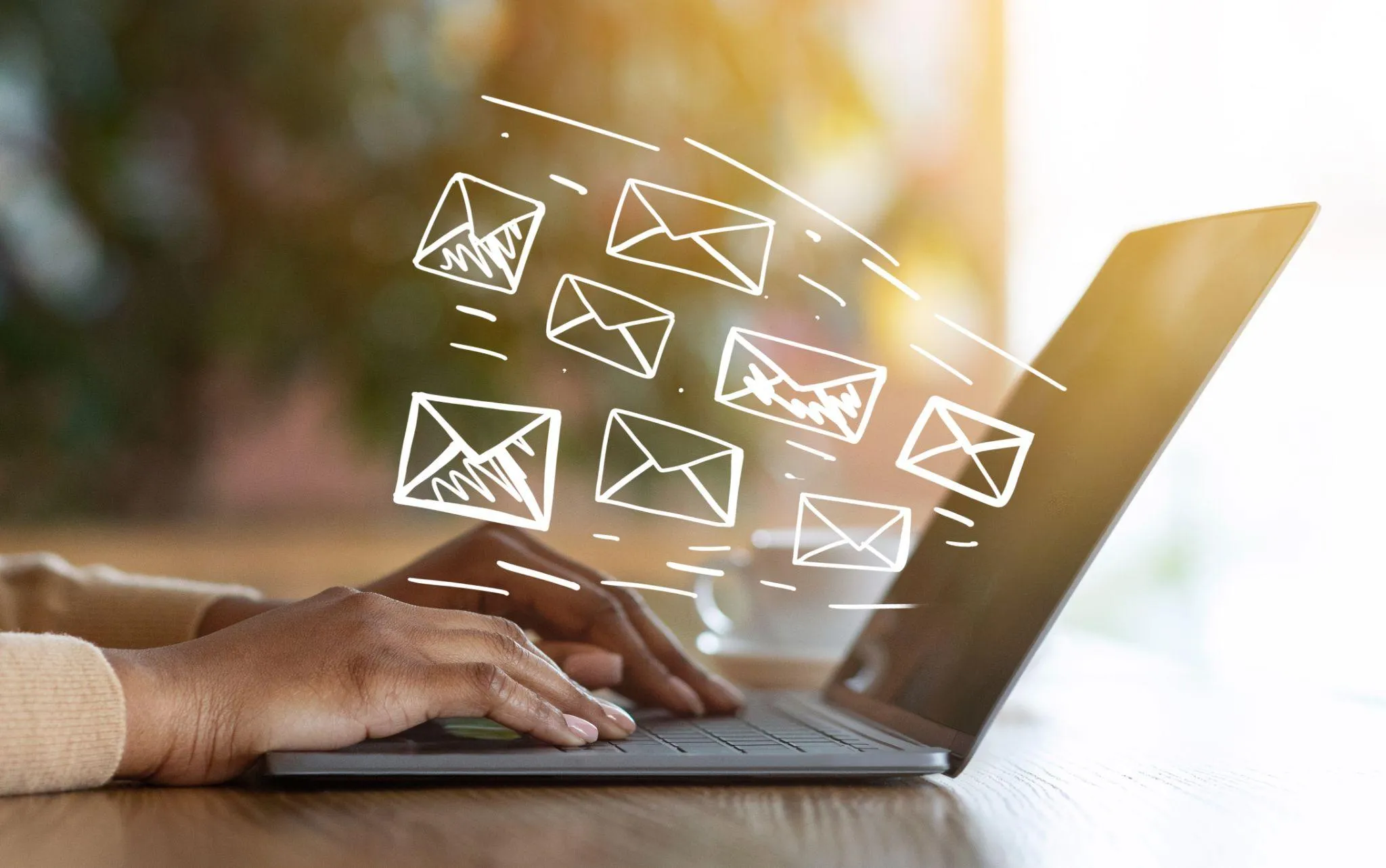
Email newsletters remain one of the most effective tools for connecting with your audience. According to a study by HubSpot, 77% of marketers have seen an increase in email engagement over the past year, proving that newsletters are still a cornerstone of successful marketing strategies.
With the right approach, email newsletters can go beyond delivering updates—they can create meaningful relationships, boost brand loyalty, and drive measurable conversions.
When written effectively, high-converting newsletters guide readers toward taking desired actions, whether clicking a link, signing up for a webinar, or purchasing.
A well-crafted newsletter combines engaging content, persuasive calls to action, and a visually appealing design to keep readers hooked. Businesses that prioritize quality and relevance in their newsletters can not only retain subscribers but also turn them into loyal customers who look forward to every email.
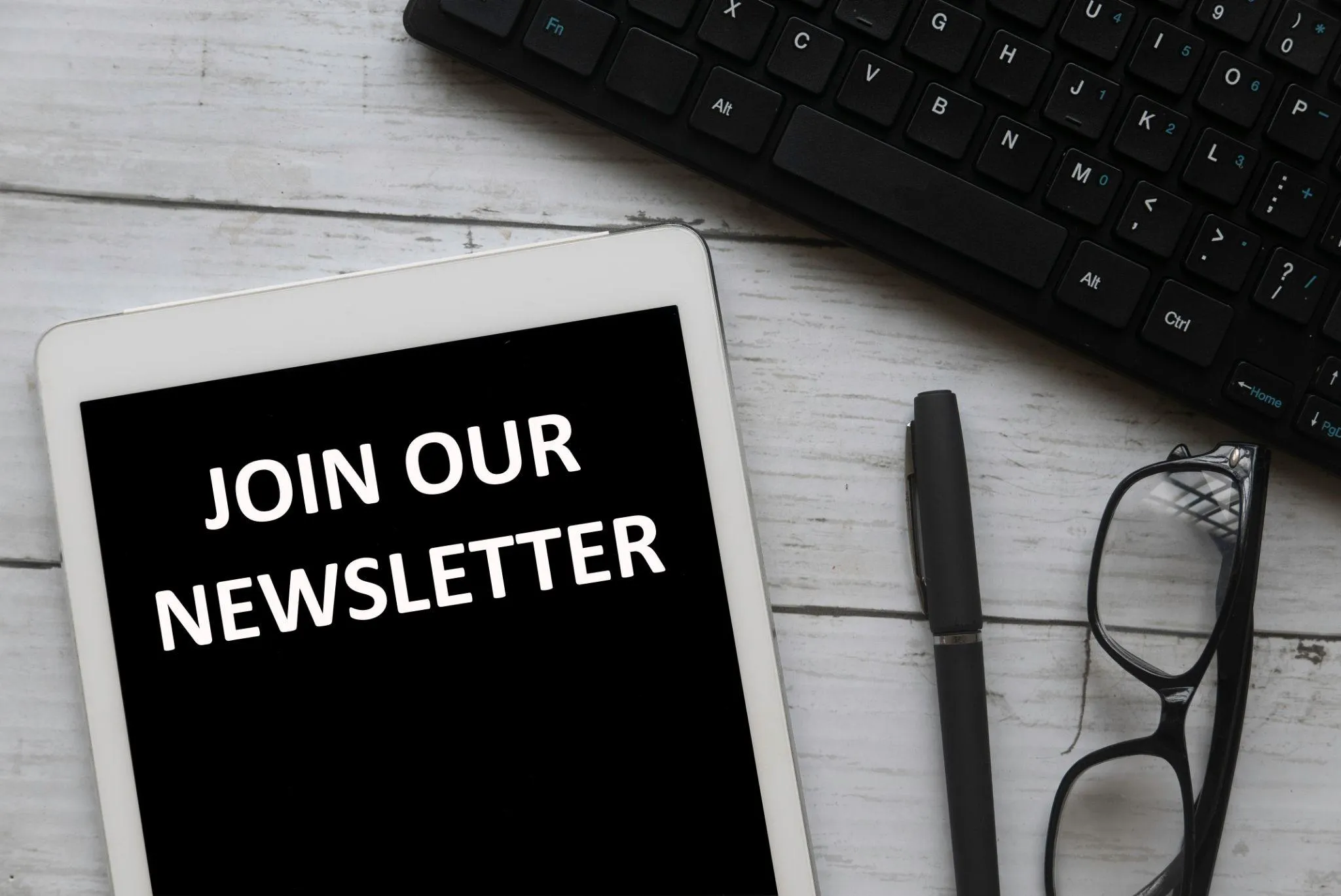
Before writing a newsletter, it’s essential to define its purpose. Ask yourself: Is the goal to sell products or services, provide valuable insights, or nurture relationships with your audience? A clear objective ensures that your email newsletters are structured to achieve specific outcomes, whether boosting sales, enhancing brand authority, or building a loyal subscriber base.
To create high-converting newsletters, always focus on your audience’s needs. Subscribers are more likely to engage with content that addresses their challenges or aspirations. For example, a business-focused audience might prefer industry trends and actionable tips, while a consumer audience might engage more with promotions or lifestyle content.
Pro Tip: Segment your email list to tailor your content for different audience groups. Personalized newsletters consistently show higher engagement and conversion rates.
By aligning your content with your readers' needs and having a clear goal, you can maximize the impact of your newsletter writing efforts.
Also read, What is a Newsletter? Purpose and Best Practices for Your Business
Building an Engaging Subject Line
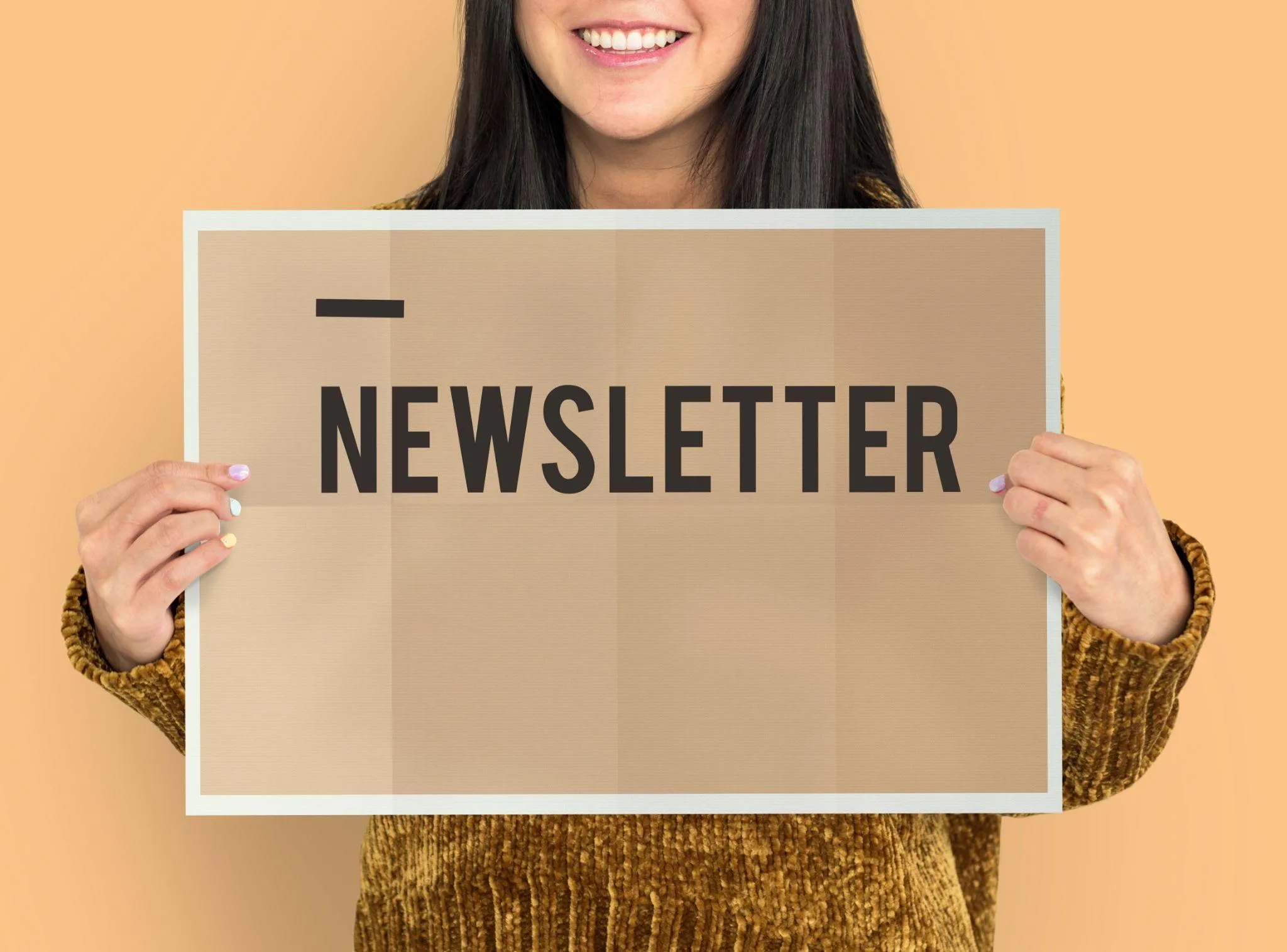
The subject line is the first impression your email newsletters make on subscribers, and it often determines whether they open your email or ignore it. According to OptinMonster, 47% of email recipients open emails based solely on the subject line. This makes it a critical element of any newsletter strategy. A well-crafted subject line captures attention, sparks curiosity, and sets the tone for the rest of the content.
Tips for Writing Subject Lines That Increase Open Rates
Pro Tip: Incorporate personalization by including the recipient’s name or referencing their preferences, as this can boost engagement significantly.
An engaging subject line isn’t just about creativity—it’s about understanding what drives your audience to take action. Applying these email marketing tips can increase open rates and ensure your high-converting newsletters reach their full potential.
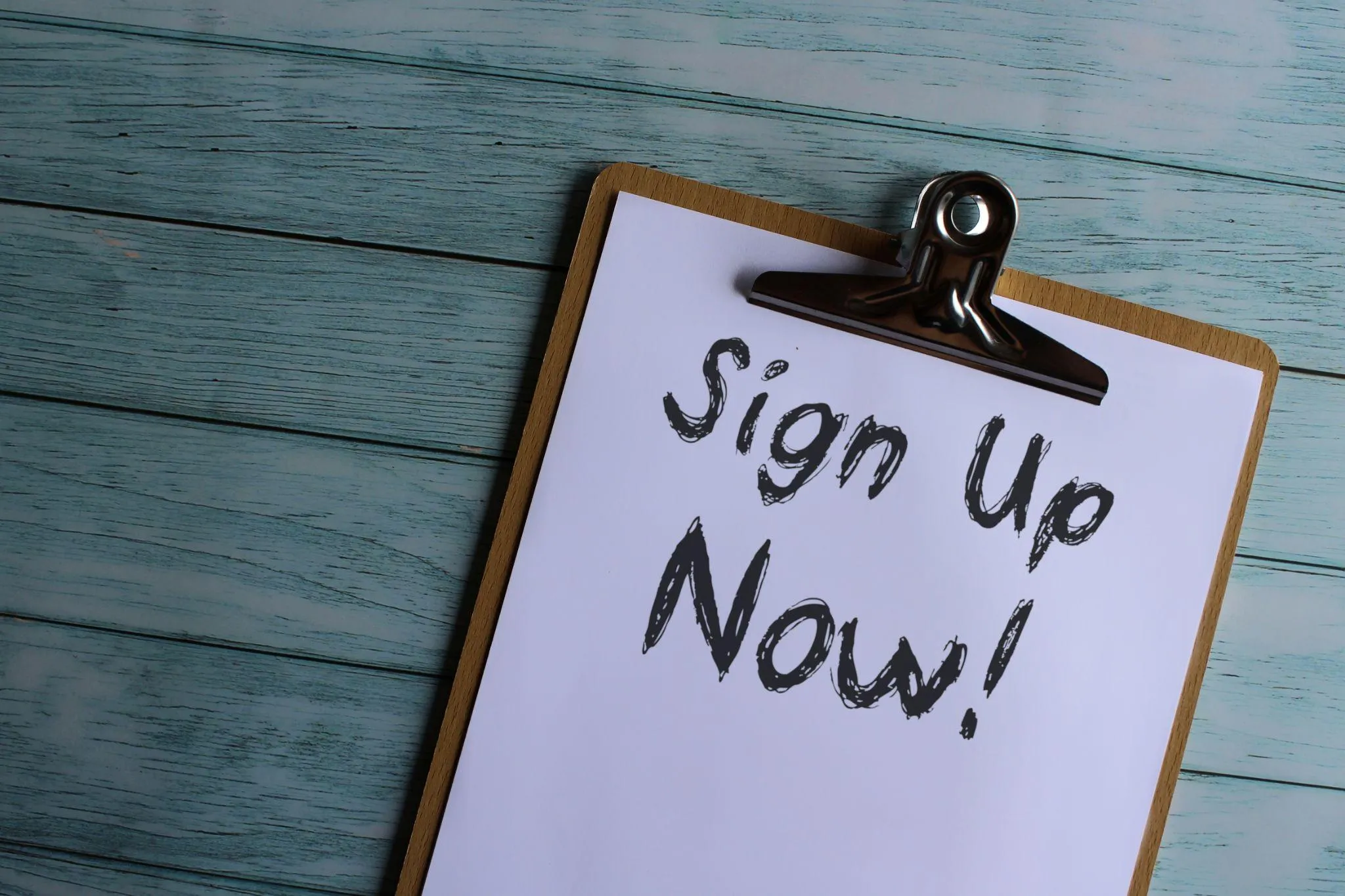
The content of your email newsletters should balance delivering value and staying concise. Readers often skim through emails, so getting your message across clearly and quickly is essential.
At LexiConn, we create high-quality content that aligns with your audience’s interests, can keep them engaged, build trust, and drive conversions. It’s imperative for us to avoid overwhelming readers with too much information and focus on a single, clear message for each newsletter.
Key Elements of High-Converting Content
Pro Tip: Place your CTA above the fold, but also repeat it at the end of the email for those who scroll through the entire content.
By keeping your content concise and focused while delivering genuine value, you can create newsletter writing that engages your readers and drives them to act. A reader-centric approach, combined with these best practices, can transform your newsletters into a powerful tool for sustained audience engagement.
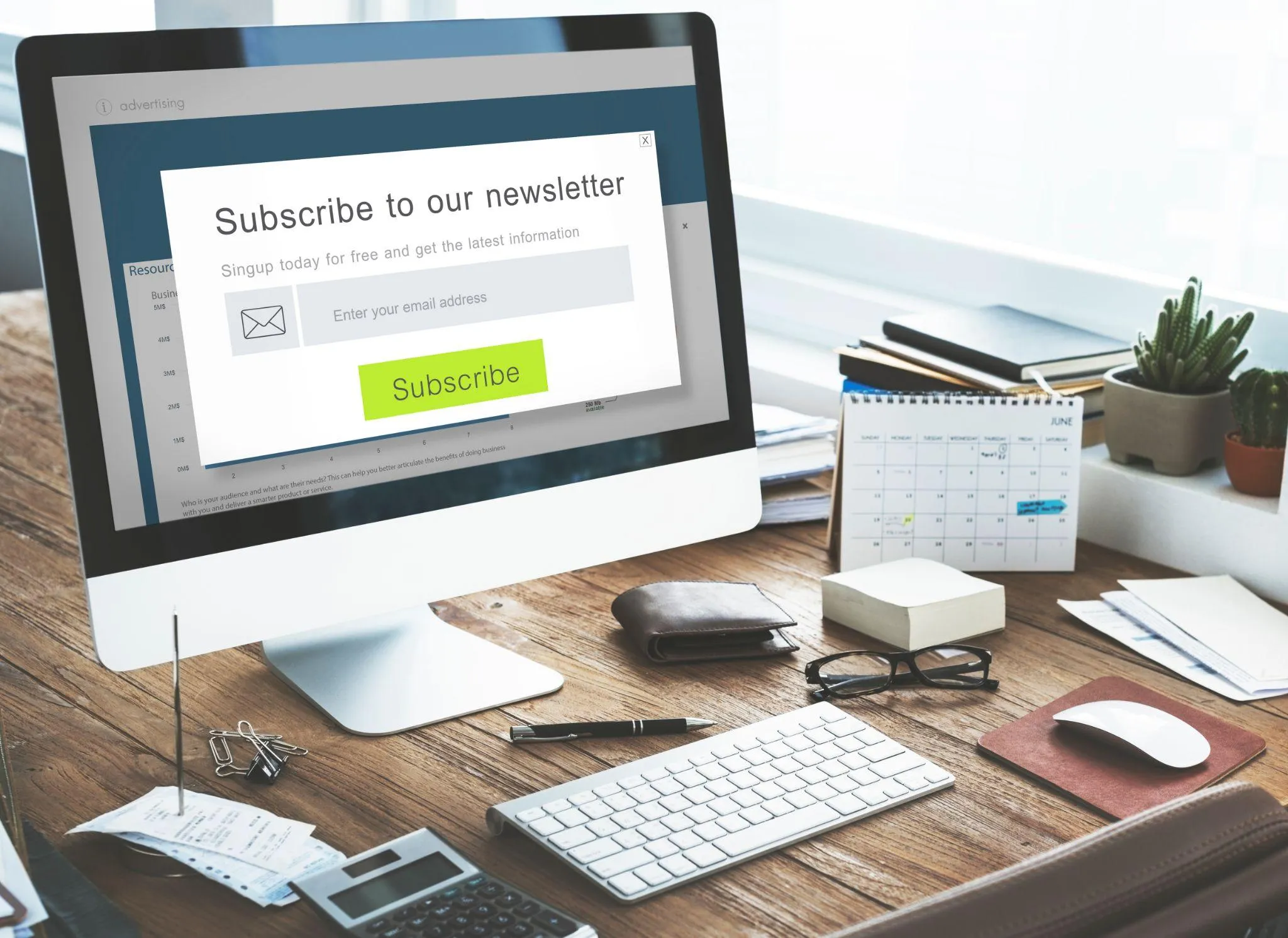
A visually appealing and mobile-friendly design is crucial for the success of your email newsletters. With over 70% of emails being opened on mobile devices, a responsive layout ensures your message is easily accessible on any screen size.
A well-designed newsletter enhances the reader experience, increasing the likelihood of engagement and conversions. If your email looks cluttered or doesn’t display properly on mobile, it’s likely to be ignored or deleted, reducing its effectiveness.
Layout Tips to Improve Readability and Engagement
Pro Tip: Test your design on multiple devices to ensure your layout looks great across all platforms.
By investing time in crafting a clean, responsive layout, you enhance the user experience and increase the effectiveness of your newsletter writing, driving better results and engagement with every send.

Incorporating social proof into your email newsletters is an effective way to build trust with your audience. People are more likely to take action when they see that others have had positive experiences with your product or service.
According to Nielsen, 92% of consumers trust recommendations from others, even if they don’t know them personally. Sharing real customer success stories or user reviews helps demonstrate credibility and reassures potential customers that they’re making the right choice.
Ways to Incorporate Social Proof Effectively
Pro Tip: Use a mix of short, impactful customer quotes and longer case studies to appeal to different types of readers.
Incorporating social proof into your newsletter writing not only builds trust but also increases your credibility, making it easier to convert subscribers into loyal customers.

To optimize your email newsletters, it’s crucial to track their performance using analytics. Without data, it's impossible to understand what works and what doesn’t. Regularly testing and analyzing your newsletters can fine-tune your content, subject lines, CTAs, and layout to increase conversions over time.
Analytics provide actionable insights that can help you make informed decisions, ensuring your newsletters continue to deliver value. At LexiConn, our experts regularly test and analyze the content’s performance to understand what’s working and what needs to change.
Metrics to Monitor for Better Conversions
Pro Tip: A/B tests not just the subject lines but the content and CTAs to see which combinations lead to the highest conversions.
Regularly testing and analyzing these key metrics can refine your newsletter writing process and ensure that each issue delivers higher engagement and better conversion rates.
To create high-converting newsletters, it’s essential to start with a clear objective, understand your audience’s needs, and craft content that delivers value. As we’ve seen, an engaging subject line is crucial for boosting open rates, while personalization, concise content, and strong CTAs are key elements of driving conversions and improving engagement.
Well-written email newsletters have the potential to form deeper connections with your audience and increase conversions. By focusing on quality, relevance, and actionability, newsletters can become one of your most effective marketing tools. Remember, keep your content clear, personalized, and purposeful; your readers will be more likely to take the next step toward becoming loyal customers.
At Lexiconn, we don't just craft content – we help position your brand as a trusted authority while driving meaningful engagement with your audience. We specialize in crafting personalized content strategies that align with your business goals. LexiConn provides the best email newsletter writing services in India. What makes us the best content writing agency in Mumbai is that we combine creativity with SEO expertise to deliver measurable results.
Contact us today for a 30-minute free consultation and see how we help elevate your brand’s white paper writing content strategy!

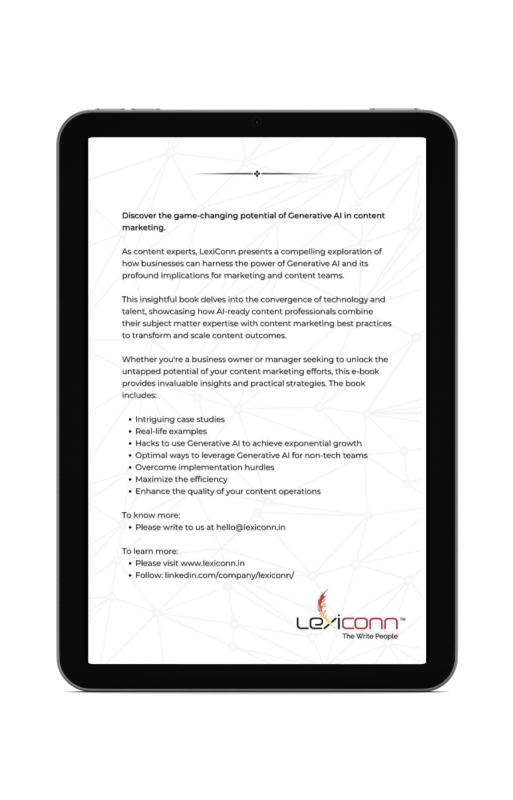
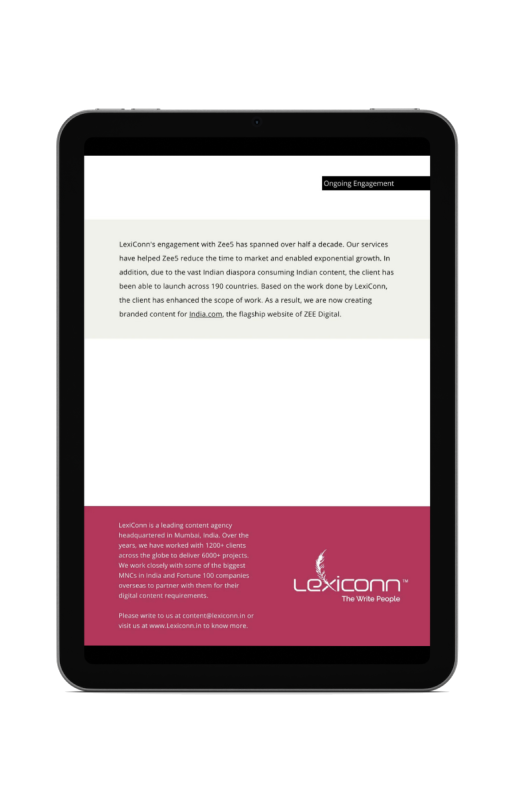
I have read and accept the Privacy Policy
Read More